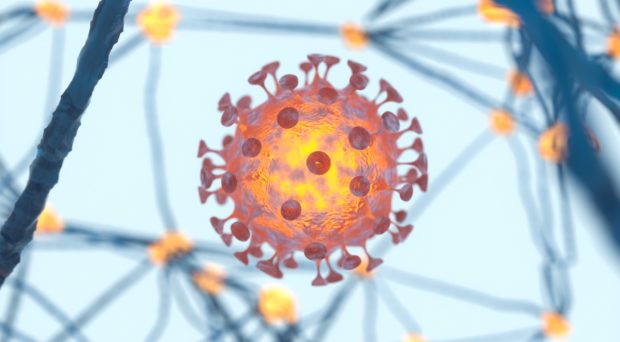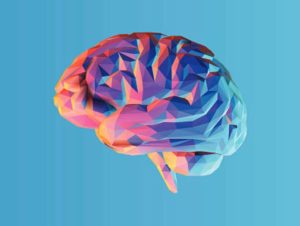
气味丧失=大脑感染?不太快...
It is now well-established that one of the most frequent symptoms of COVID-19 is the失去气味。When the new coronavirus infects the nasal epithelium, does that mean that the virus can travel along the olfactory nerve into the brain? Recent publications make it sound as if this has been proven: “Olfactory transmucosal SARS-CoV-2 invasion as a port of central nervous system entry in individuals with COVID-19“ 和 ”嗅觉路线是SARS-COV-2侵入恒河猴中枢神经系统的潜在方法”. Such publications and the attention they have been getting in the media are sufficient grounds to instill fear in COVID-19 patients who have lost their sense of smell. If the virus has impaired their sense of smell, does that mean that the virus is also present in their brains – just waiting to cause brain fog, spread throughout the brain and kill the patient or, if they recover, greatly increase their chance to develop a neurodegenerative disease?
Olfaction – a portal to brain infection?
我们来自波兰,法国和美国的调查人员团队examined the evidence新的冠状病毒感染了嗅觉神经元,并从鼻子到大脑沿嗅觉神经轴突传播。有广泛的共识,嗅觉受体神经元中不存在强制性病毒进入蛋白。这种进入蛋白在受感染和死亡的支持细胞中大量表达降低功能of the adjacent olfactory receptor neurons. This is generally thought to cause the loss of the sense of smellin COVID-19。几天之内,支持细胞regenerate, the neurons resume their function, and smell returns in大多数病人within 1-2 weeks. Finding the new coronavirus in olfactory nerve axons is extremely rare, making this an ineffective route to brain infection.
The evidence just doesn’t add up
So why do many reports advocate an olfactory route to brain infection? One reason is that neurons and their support cells are closely intertwined, and they can easily be confused in confocal microscopy. Another reason is that the virus can indeed reach the brain, especially in genetically engineered mice where the virus entry proteins are abnormally expressed. But a careful analysis shows that the time course and itinerary of virus progression in animal models is inconsistent with a transfer from olfactory neurons in the nose to second- and third-order neurons in the brain. Instead, the data show a rare, but fulminant appearance of the virus in the brain – which suggests a route through blood vessels, the cerebrospinal fluid, or by traveling along ashortcut of nerve fibersthat bypass the olfactory bulb and project directly to targets in the forebrain. We are fortunate that the lack of virus entry proteins in olfactory neurons creates an effective barrier that prevents brain infection through the olfactory pathway.

Does the virus replicate in the brain?
It should be emphasized that in contrast to some animal models, the virus israrely found在人脑中。此外,许多研究取决于不能证明复制病毒的方法,而是检测可以脱落的病毒RNA或病毒蛋白circulate systemically,不提供大脑感染的确定证明。病毒在大脑中的重要性尚不清楚。一些研究人员认为,脑干和呼吸中心的感染可能导致Covid-19的致命结局,而另一些人则指出,大脑中病毒或脑脊液的病毒证据与COVID-19的严重程度之间没有相关性。
失去嗅觉的Covid患者可以松了一口气。仅仅因为他们的鼻子中的支撑细胞已被感染并不意味着该病毒已经找到了从鼻子到大脑的简单路线。我们的分析当前的证据中,即使他们暂时失去了嗅觉,绝大多数Covid-19患者也不会患有大脑感染。
Like the blog? Now read the research:
注释